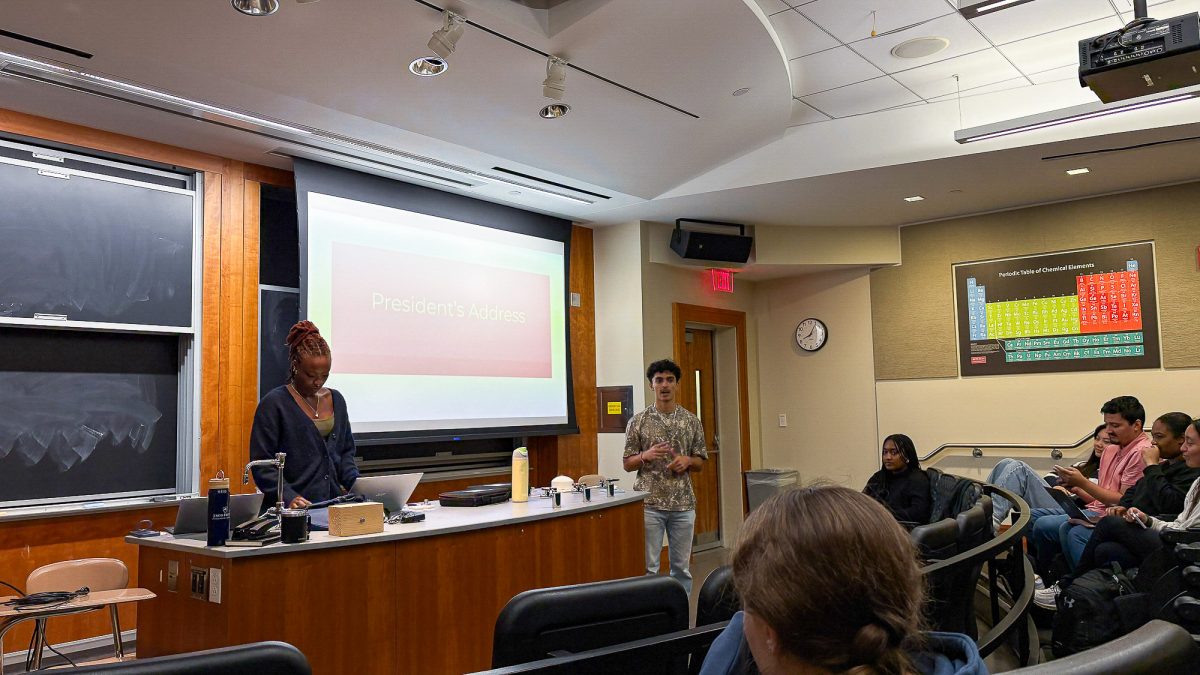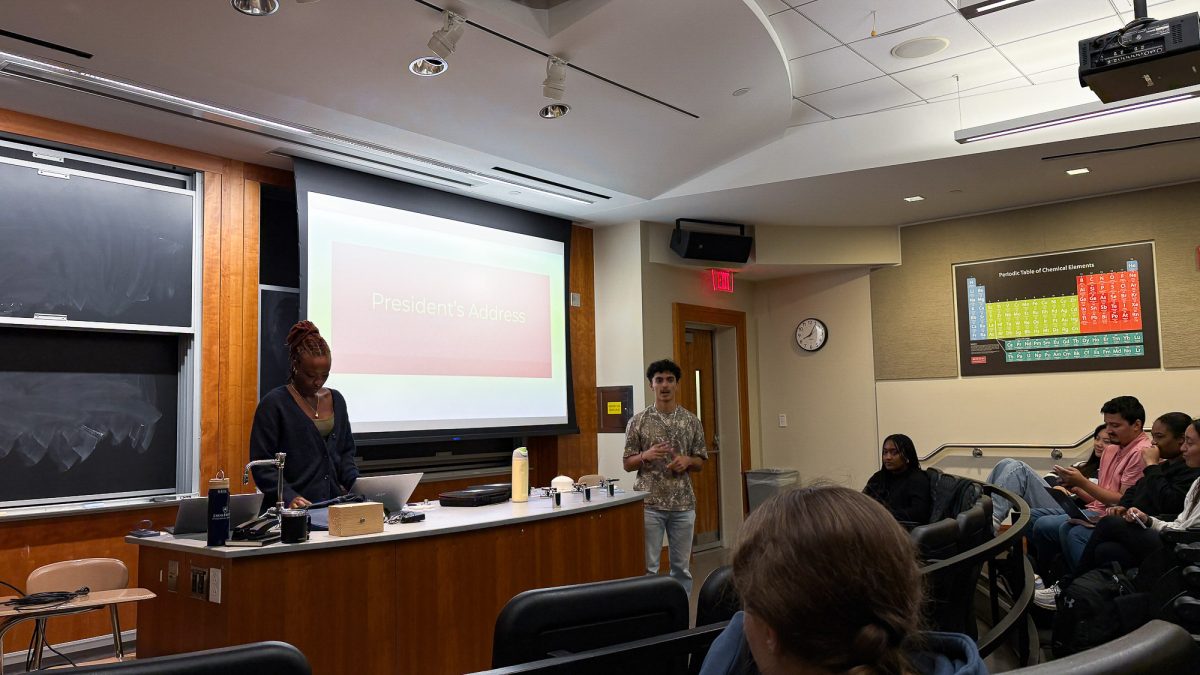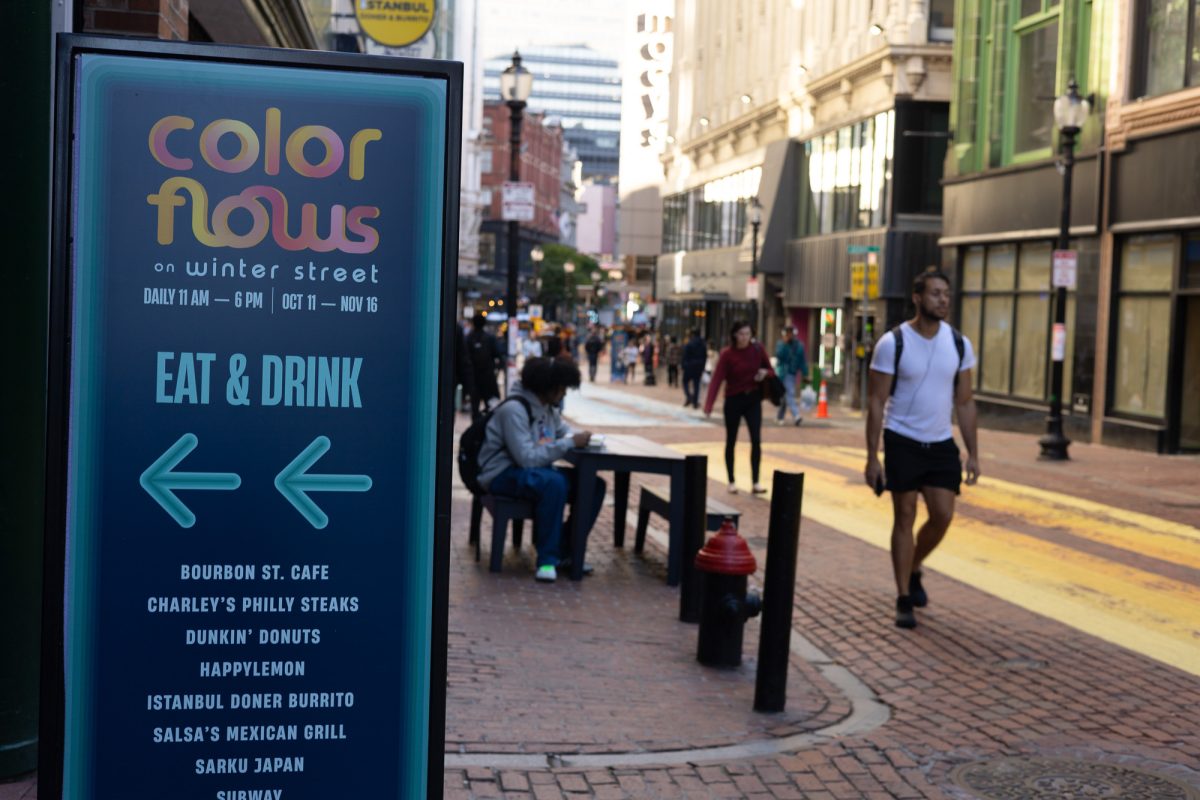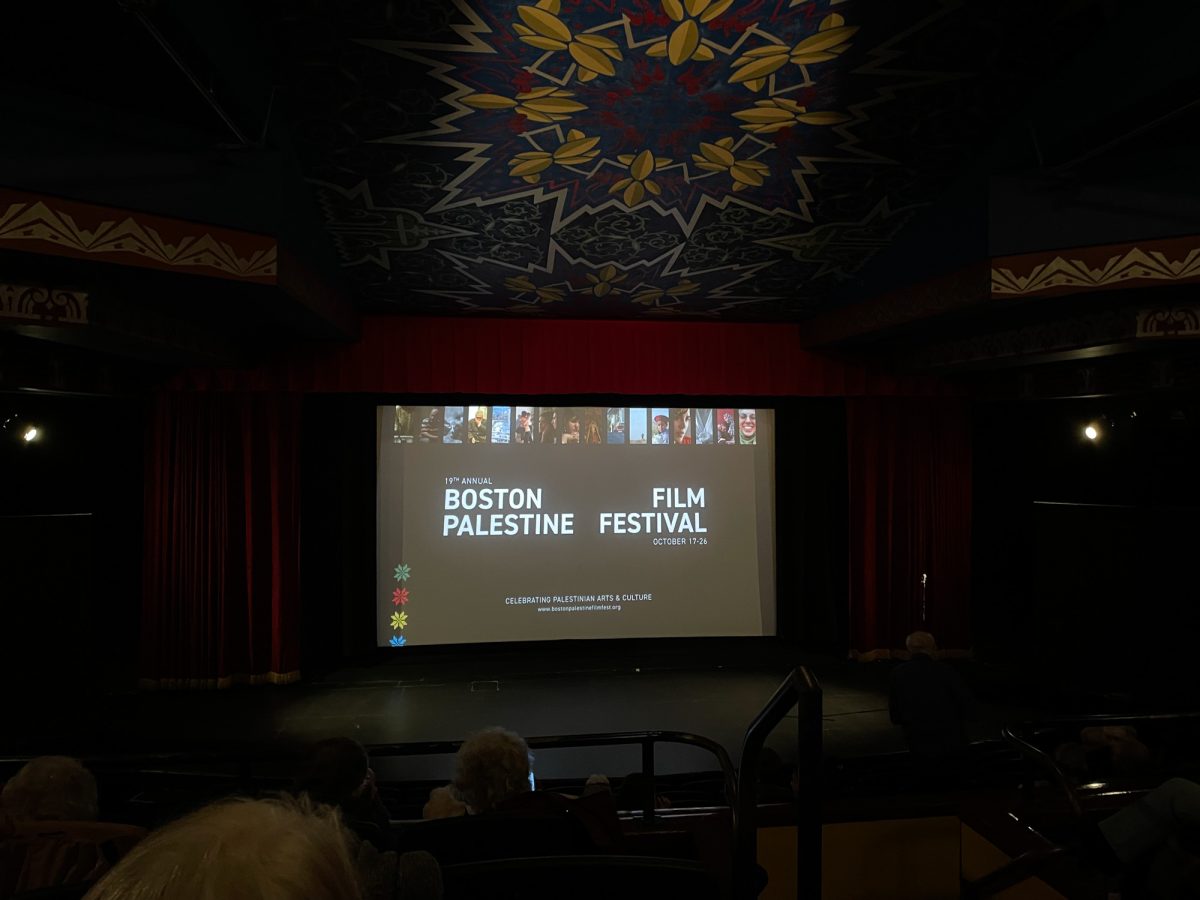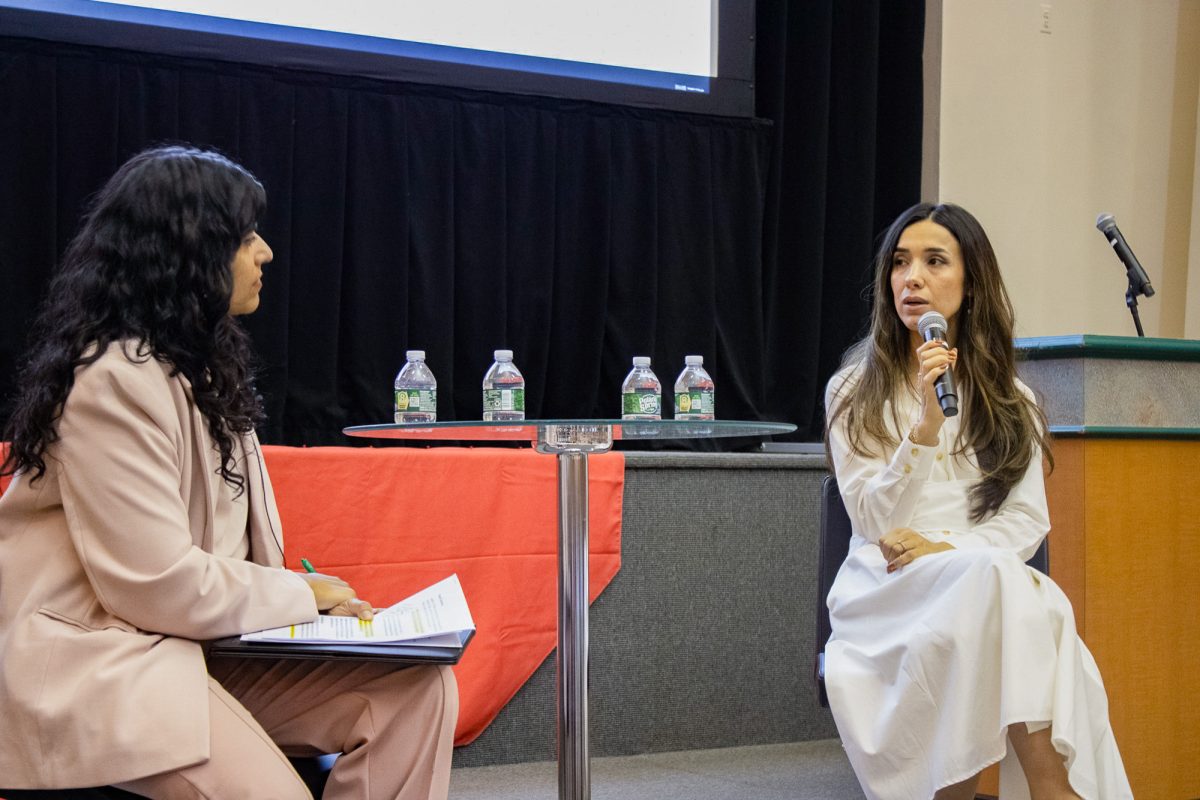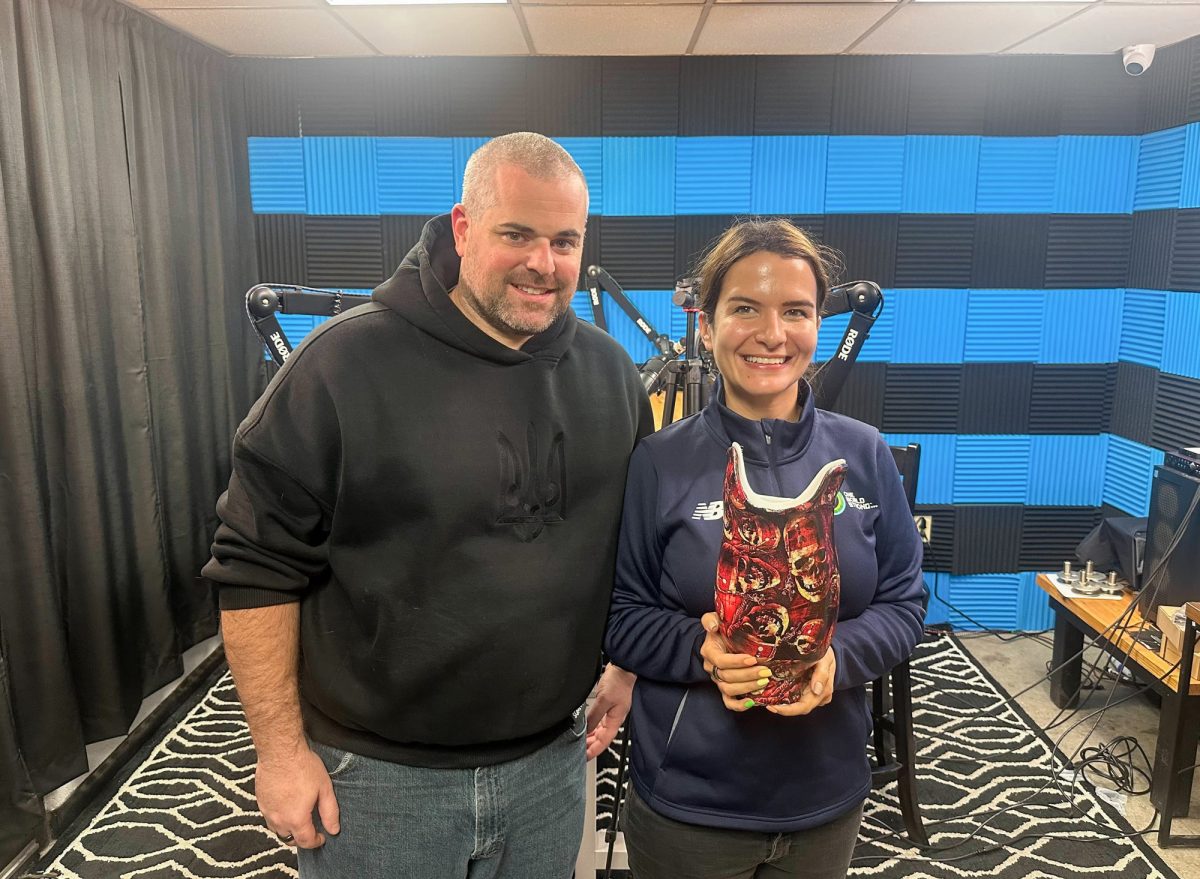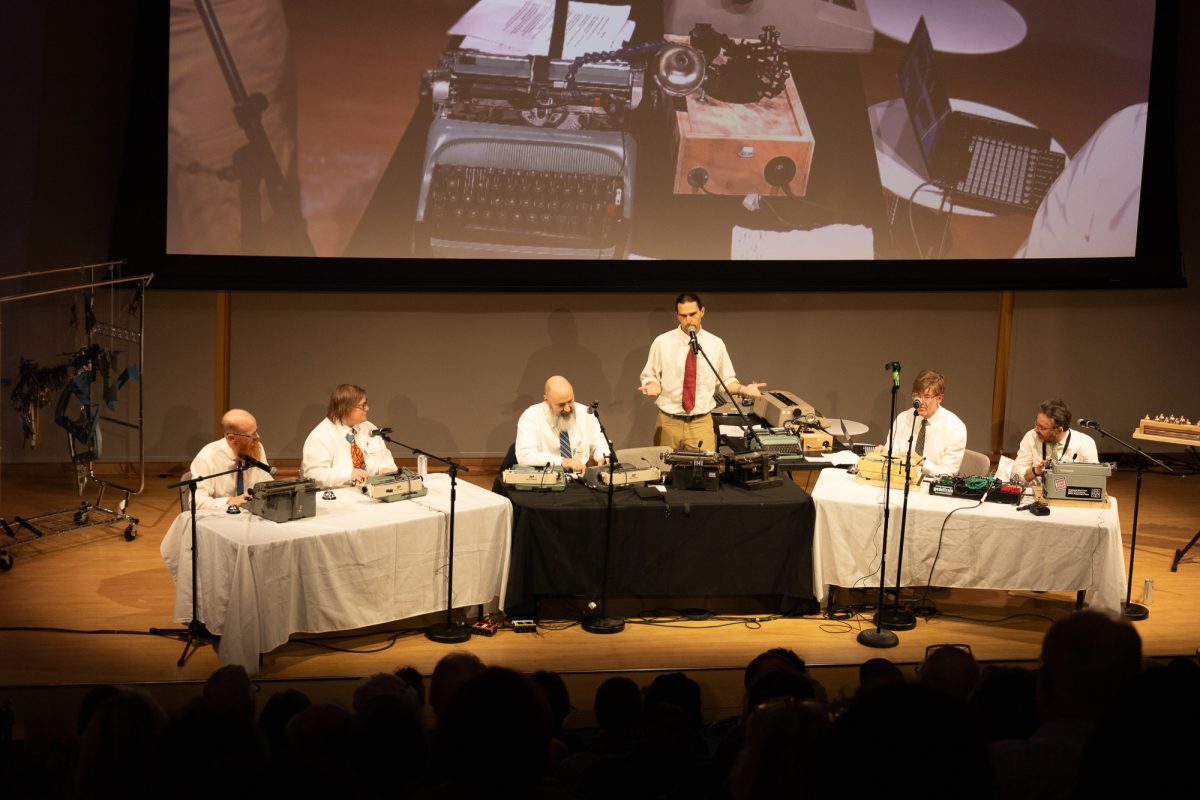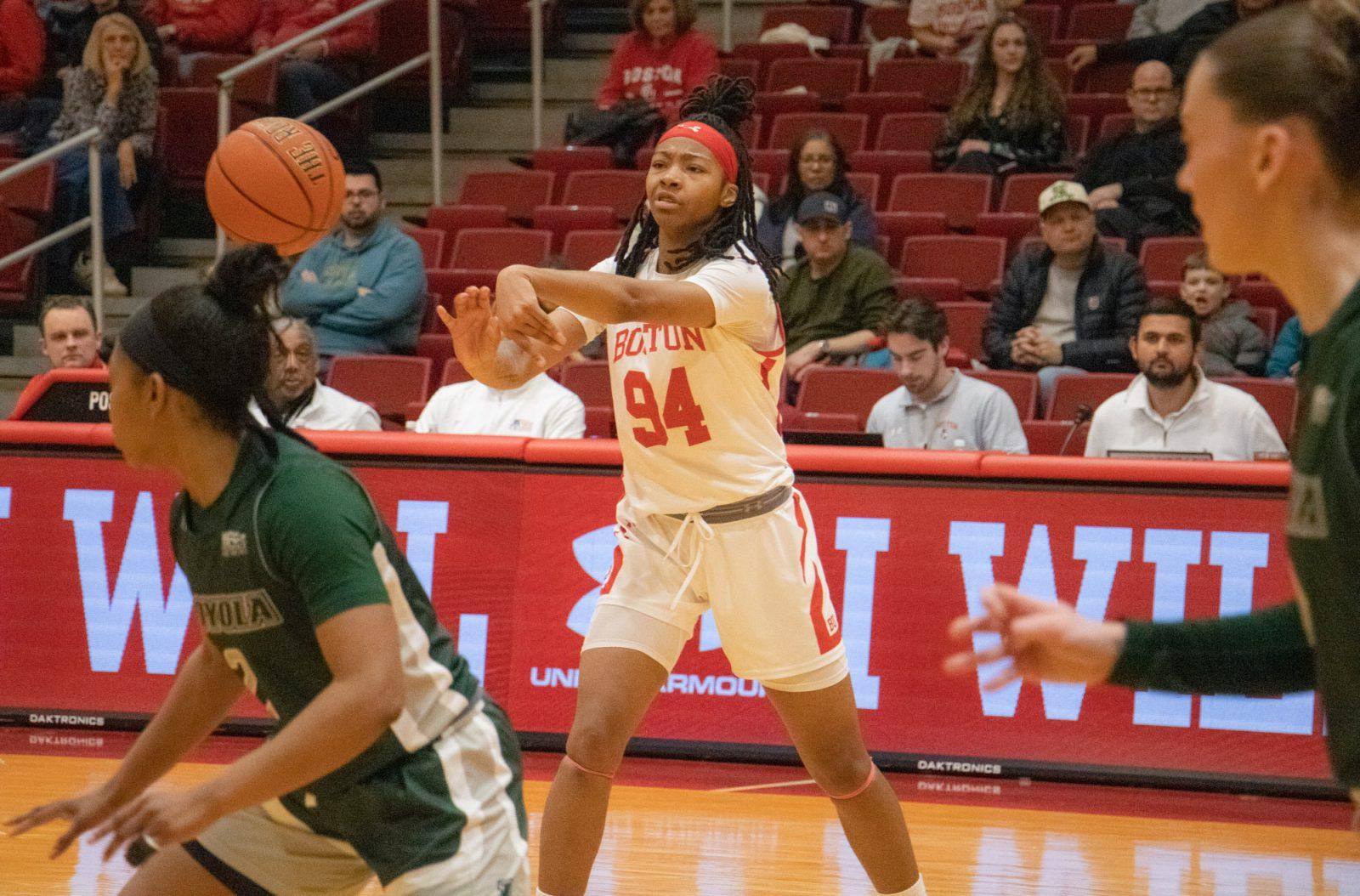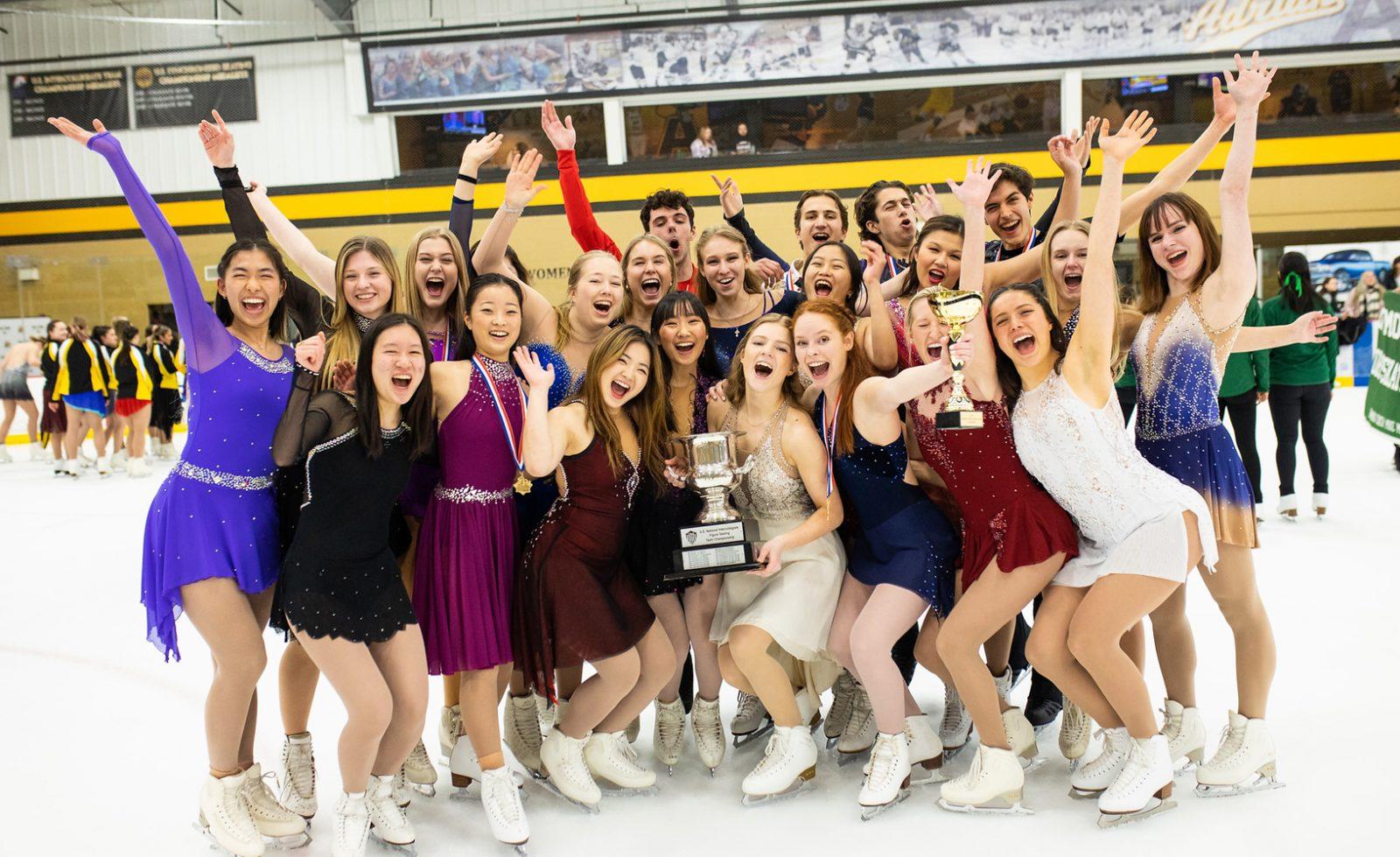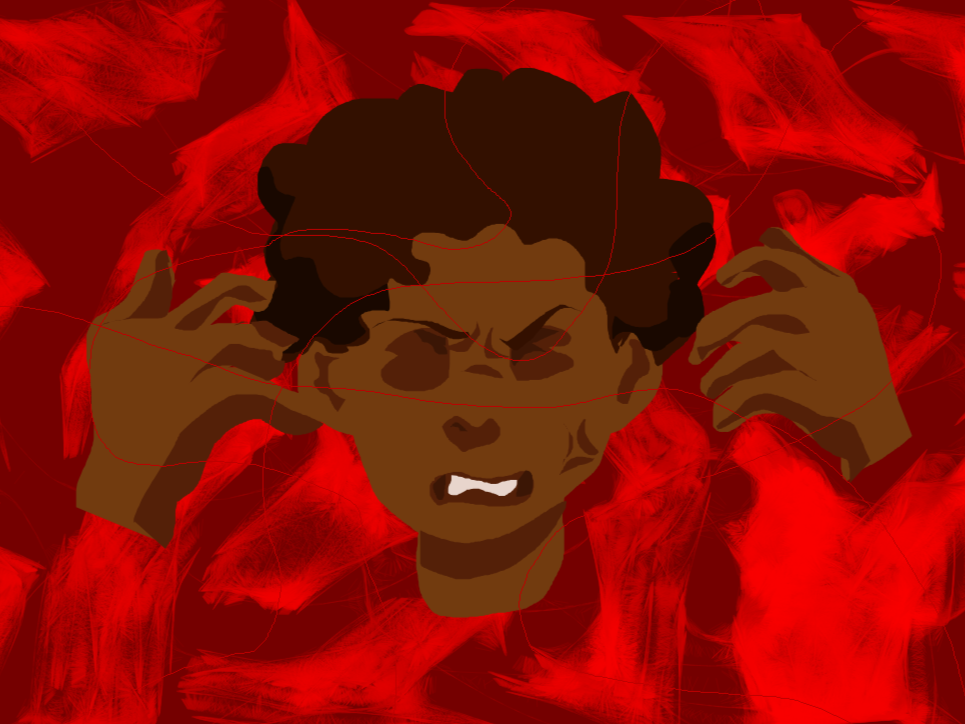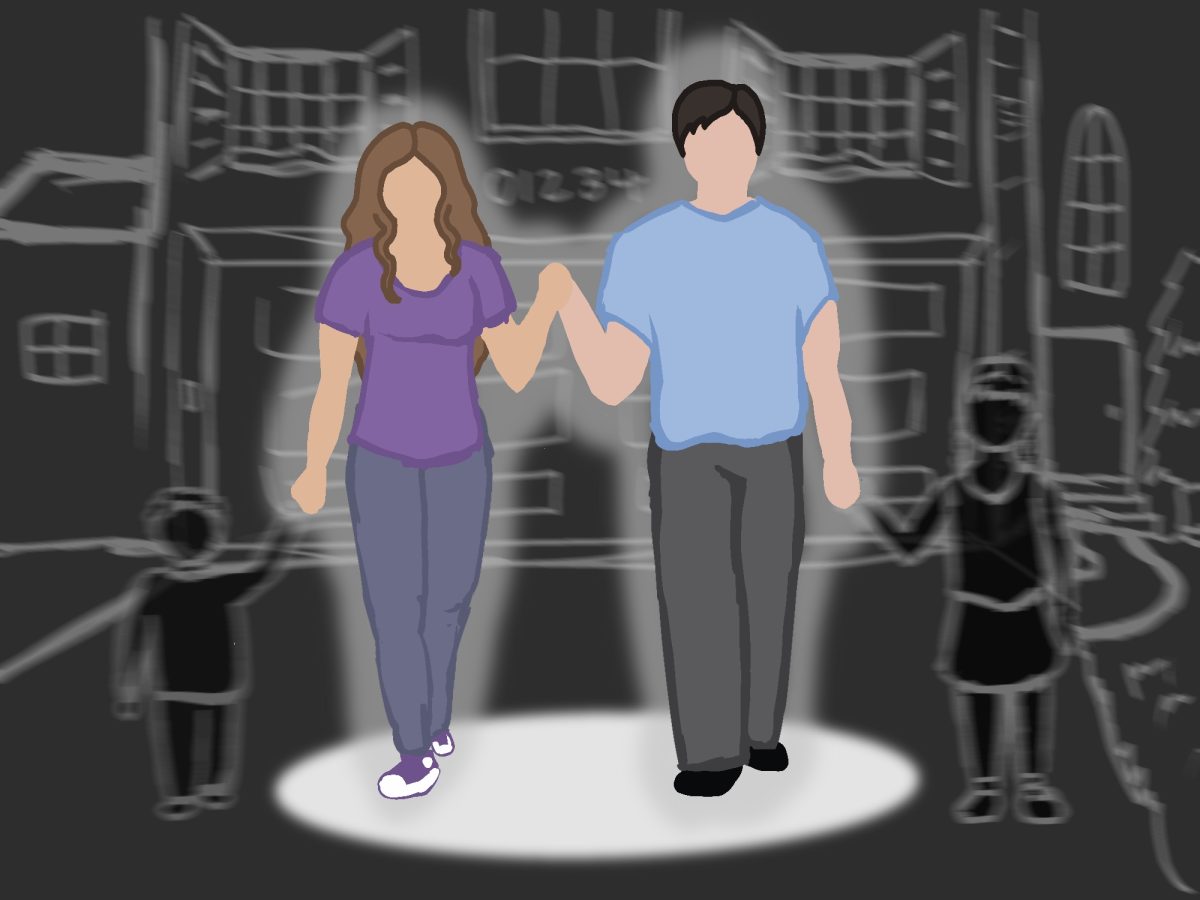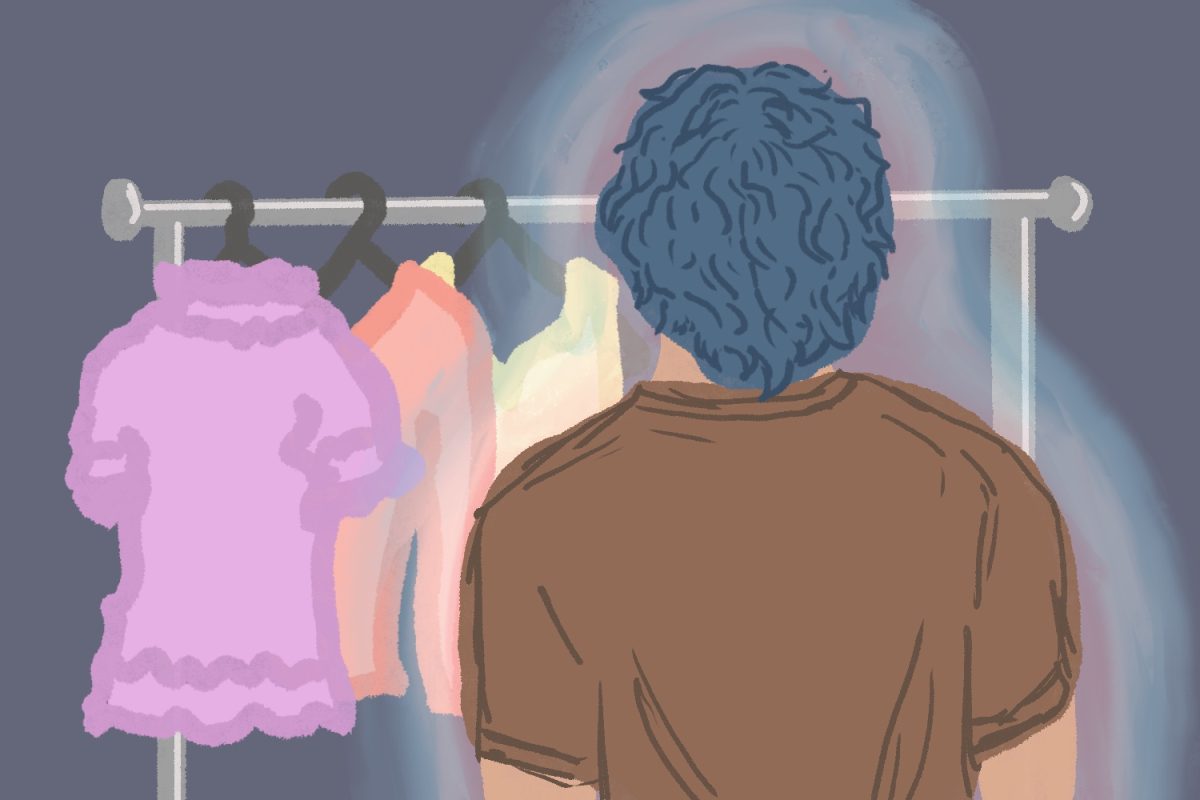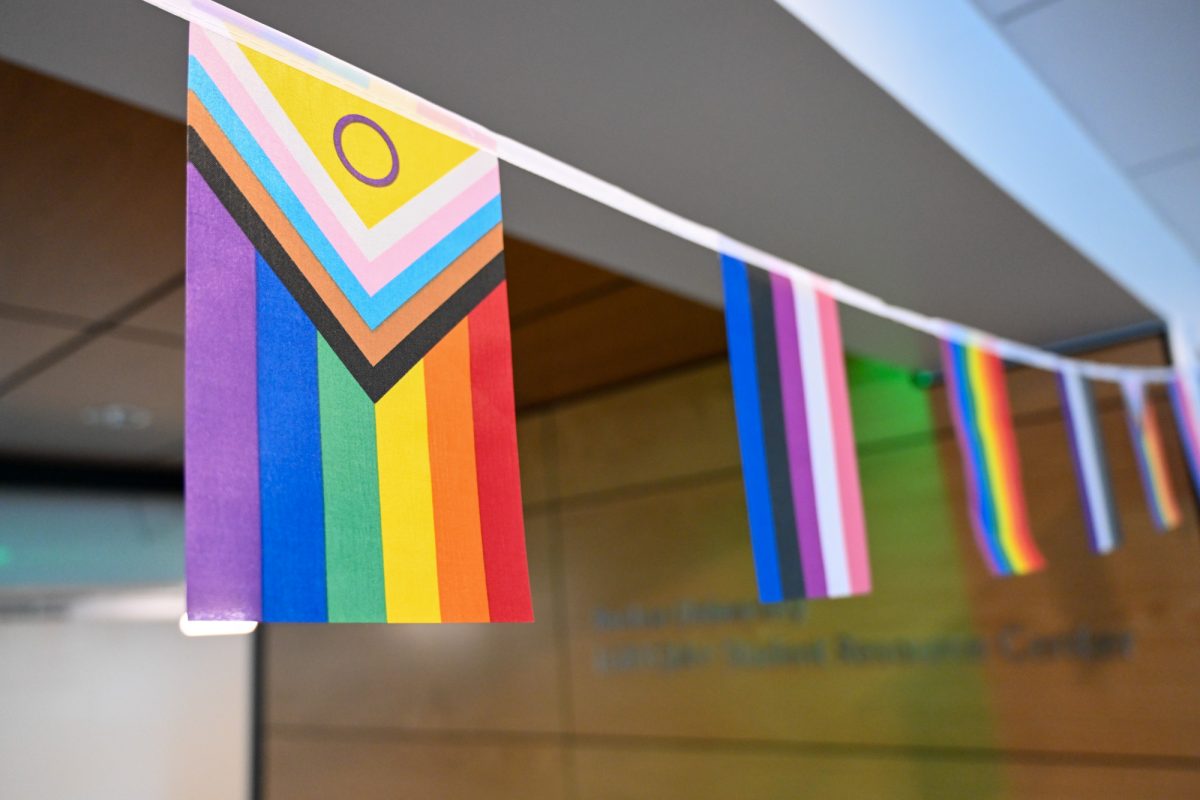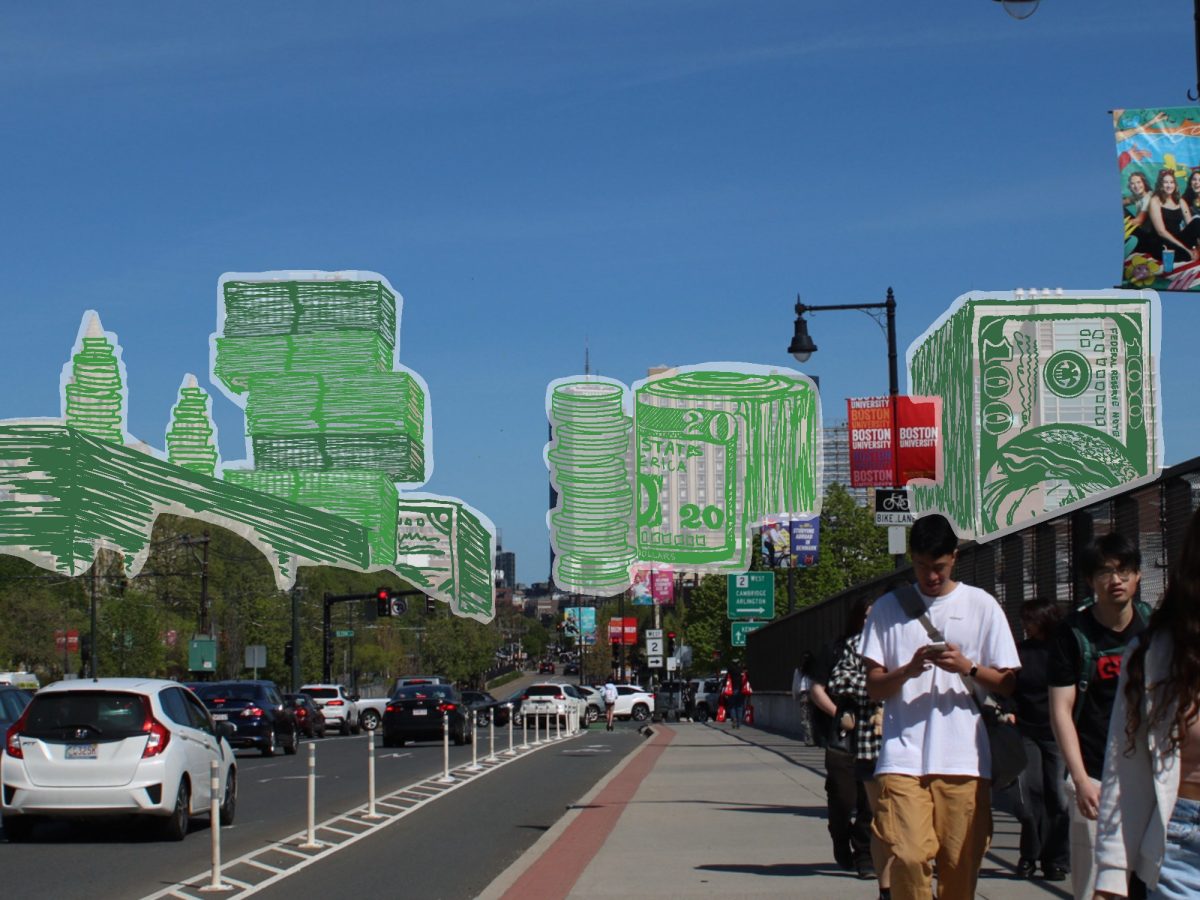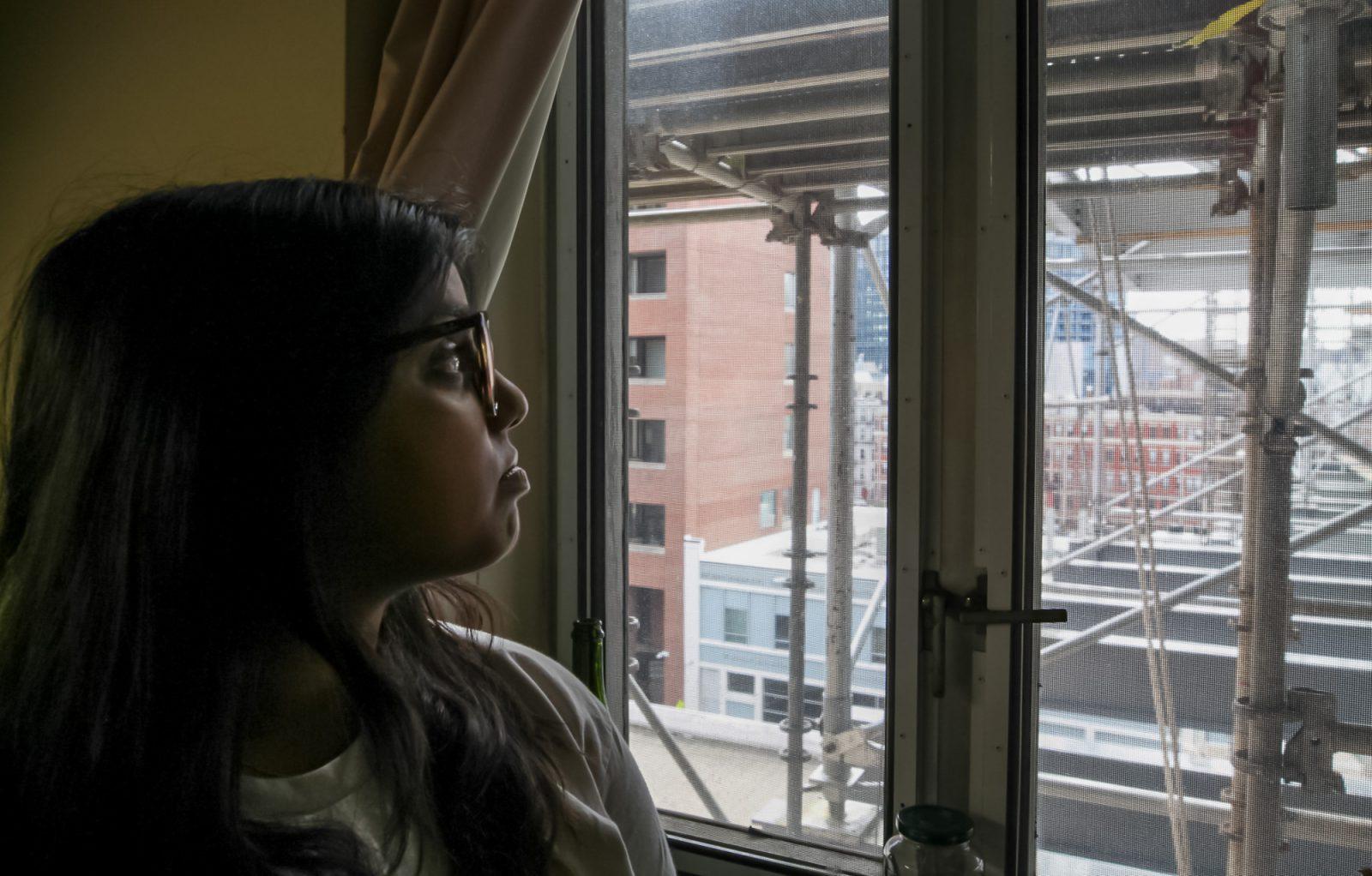From internship life to existentialism to sleep apnea, the films presented at Merging Art Productions’ Womanimation MassArt Encore Film Festival covered it all.
The art of animation was honored through a series of 14 visually creative short films created by women around the world – all in 85 minutes.
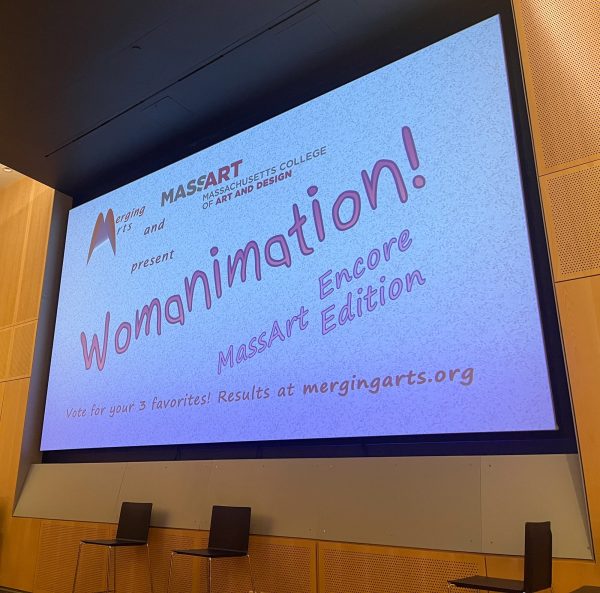
Hosted at the Massachusetts College of Art and Design, the film festival was held April 5 as a collaboration between the college’s animation department and a nonprofit called Merging Arts Productions.
The original 2024 Womanimation! Film Festival took place June 29 in Connecticut. This latest screening was an Encore Edition with all the same short films being screened, many of which had their international or regional premieres during that earlier festival.
“I was blown away by the programming the first time that we showed it,” said Steve Gentile, chair of MassArt’s Animation Department, which has helped to host a number of festivals. “[The festival] is truly a hidden gem.”
At the end of the Encore Edition screening, attendees voted for their favorite shorts.
The winner of the Audience Award for the MassArt Encore Edition Festival was “Becarias (Interns)” by Marina Donderis, Núria Poveda and Marina Cortón from Spain. The film followed a group of animation students living together in a shared apartment.
“The second film…with the three women trying to get rent, that one hit home, that one was really fun,” said Connor Stewart, a Northeastern University student.
While some films embraced a lighthearted tone, many of the shorts tackled more serious topics.
One film showcased the impact sleep apnea had on the lives of several individuals, and another, titled “Chicken,” spotlighted the issue of domestic abuse.
“I voted for the “Chicken” one,” said Rose Lally, a festival attendee.“I thought that one was pretty powerful… It was the ones that got into it a little bit more, layered and deep into the story [that I voted for].”
The festival’s focus on storytelling, particularly narratives that are grounded in lived experiences, are more popular among audiences.
“I think personal stories that have some root in reality are the things that kind of win the day,” Gentile said. “Animation is positioned to get at things that might be harder to tell by other means.”
Gentile said there is “no truly global animation festival in the U.S.” and that animation as a mature form of film can be overlooked.
“Animation as an adult form is a bit more niche and tougher sell, but that was a good group,” he said.
While adult animation may be niche to mainstream audiences, the space for women in the field is even smaller.
The Womanimation Film Festival began in 2008 through a collaboration between Merging Arts and Rhode Island’s Support Women Artists Now art festival and has spotlighted women animators ever since.
“There’s women’s stories being eliminated from federal websites right now, and it’s grotesque, and I’m not going to stand by and let that mess with what we do,” Gentile said.
Even when dealing with some of what Gentile said is “harsh realities,” the festival served as a collective space for visibility and advocacy.
“The idea is to celebrate women in animation, and also independent animation, because I feel in some ways, a lot of women do kind of fit more of the independent spirit of animation,” said Toni P., Merging Arts’s creative director during the introduction of the film festival.
She praised the effort put in by each woman animator and the diversity both in country origin and stylistic form of each film.
“I think with anything going on, in any struggle in the world, arts bring us together,” Toni P. said, “These things can inspire us, that art can inspire us.”


